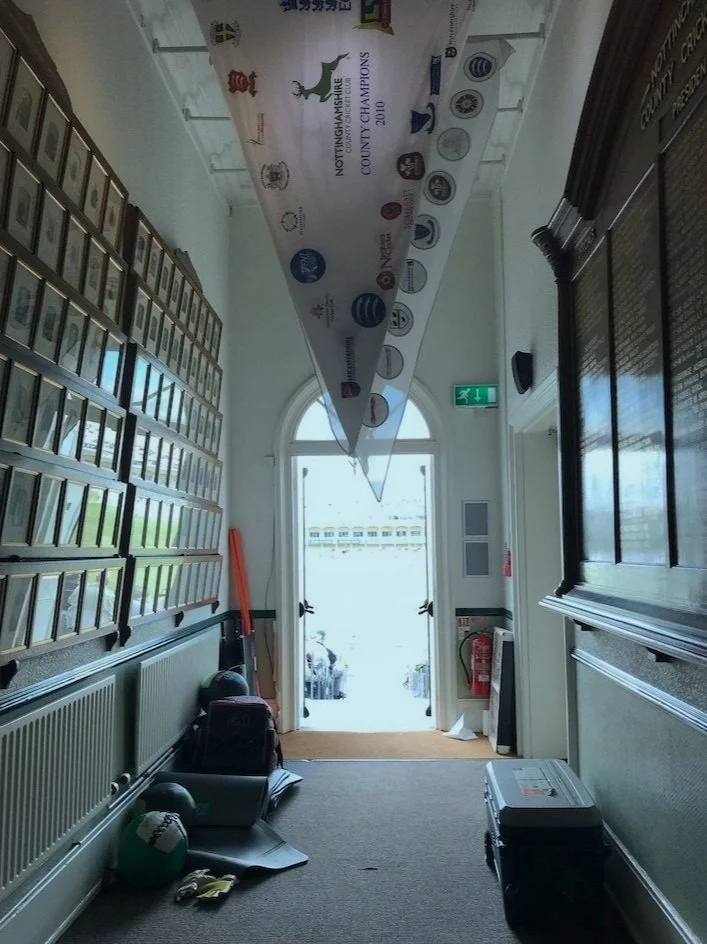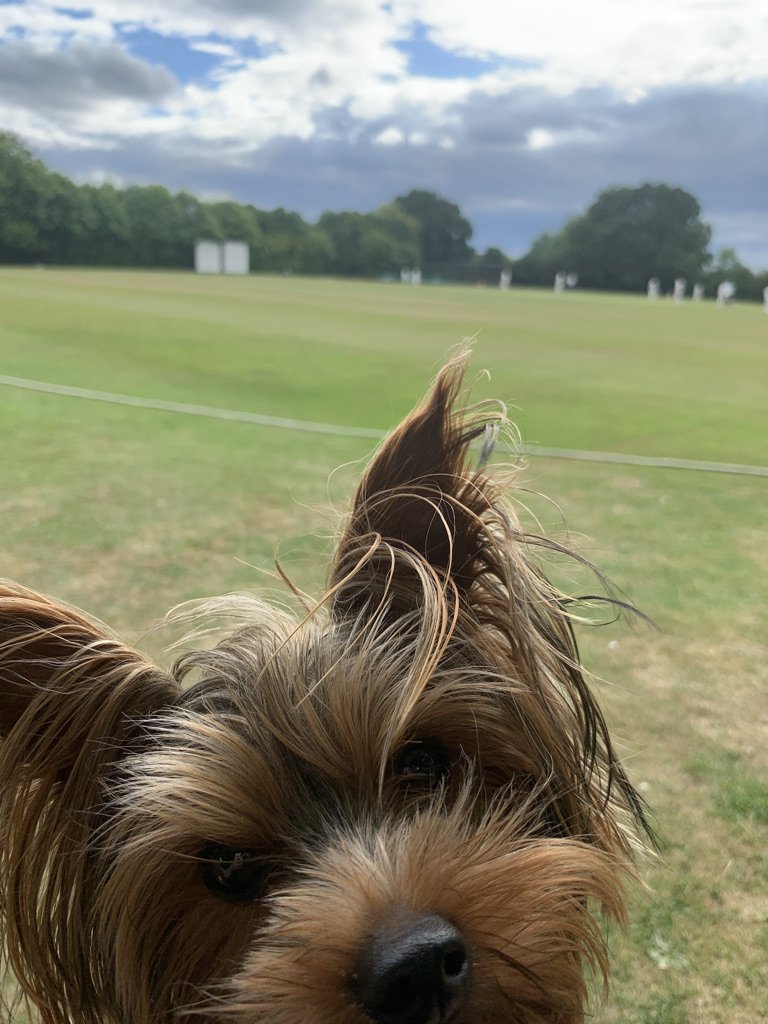August 24, The Cricket Paper
The governors of county cricket are often accused of inaction but they remain reliably prolific in one area - producing reports.
Normally, the sound of a new volume thudding onto the desk of a senior suit at Lord’s is met by a grimace once it reaches county members in the Shires. It feels like opening one of those brown envelopes from the Inland Revenue. It is normally so costly that, if nothing is lost you breathe a sigh of relief.
But this week, traditional county fans were given the hope of a rebate, the return of something much-prized and long-lost.
Reportedly the ECB were discussing “creating a new 32-team domestic 50-over competition involving a number of the national (formerly minor) counties”. It was one of a clutch of key changes designed to combat the financial effects of Covid-19. But, immediately, the county faithful were reminiscing about the early rounds of the Gillette Cup.
The world’s first domestic knockout tournament introduced minor counties in 1964, its second year. It took a full nine seasons for the first of 10 giant-killing acts in the competition, when Durham beat a Yorkshire side containing Boycott, Sharpe, Bairstow, Old, Hampshire and Carrick with eight overs to spare.
That was at Harrogate. However the real magic of these ties (and the danger for the professionals) came when the minnow played host. The most famous shock came at the small market town of Hitchin in July, 1976. Having dismissed Hertfordshire for 153, Essex cruised to 71-1 before the slow left-arm spin of Dilip Doshi exploited a questionable wicket. A team containing many of the players who would dominate domestic English cricket in the 1980s were marooned 33 runs short. As a result, Hertfordshire became the only minor county to reach the quarter-final of cricket’s FA Cup.
However, the romance was extinguished at Northampton three weeks later. The team went down with food poisoning after an overnight stay in Peterborough and could only set a paltry 69 in 44 overs. But like FA Cup third-round day, the result was always a nice-to-have extra. Local fans turned up to celebrate the occasion.
First-class fixtures at outgrounds retain a deep-affection among county fans. If you add the great British delight at seeing David potentially beat Goliath then you have memories stained in sepia and dripping with nostalgia. Places like Stone (Staffordshire), St George’s (Shropshire) and Exmouth (Devon) were quaint club grounds but, on a certain weekday every few summers, they might just host the titans of the game. For once, these stars were not on the telly, they were down the road, walking through a throng of deckchairs and men holding pints to get to the pitch.
The minor counties left the now-named NatWest Trophy in 2005 when groups were introduced, presumably thanks to another report. It was part of a trend that has seen modern sport distanced from its fans. Soulless stadiums now house events seemingly for the sake of corporate spectators and players were operating in bubbles long before anyone had heard of Coronavirus. The average fan seems to be frisked on the way in, fleeced once inside and asked to deposit any remaining cash as they exit through the gift shop. Thankfully county cricket cares more than this. It is perhaps why many of us love it so.
Reinstating ties between the now national, formerly minor, counties and their first-class cousins, plus the colours of Scotland, Ireland and the Netherlands would be a move against the increasingly city-focussed, centralisation of the game. As such, it would take cricket to the people once more.
So please, pretty please, in fact, pretty please with sugar on top, can we have just a little of our game back?
* Read The Grumbler column The Cricket Paper, every Sunday during the season
Last-Wicket Stand
Buy my book, Last-Wicket Stand through Amazon or get a signed copy through me.










